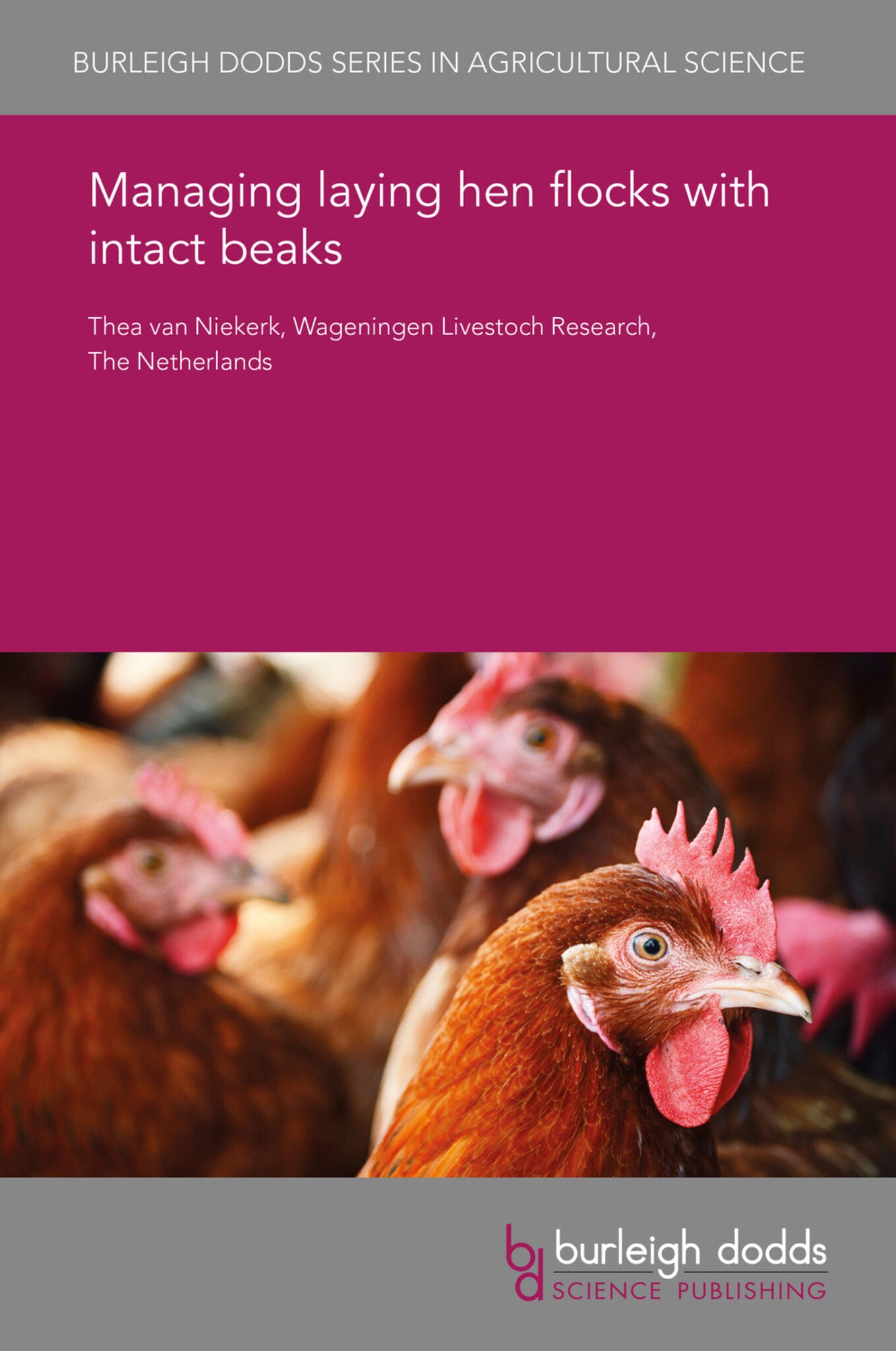We're sorry. An error has occurred
Please cancel or retry.
Managing laying hen flocks with intact beaks
Regular price
£25.00
Sale price
£25.00
Regular price
£25.00
Unit price
/
per
Sale
Sold out
Re-stocking soon
Worldwide, the majority of laying hens are beak trimmed to prevent injurious pecking. However, a ban on beak treatments has come into force in some countries, while others are discussing institutin...
Read More

Some error occured while loading the Quick View. Please close the Quick View and try reloading the page.
Couldn't load pickup availability
- Format:
-
17 March 2017

Worldwide, the majority of laying hens are beak trimmed to prevent injurious pecking. However, a ban on beak treatments has come into force in some countries, while others are discussing instituting such a ban. European legislation also prohibits beak treatment of organic flocks. When beak trimming is not practiced, farmers face the challenge of preventing injurious pecking behaviour in their flocks. Many environmental factors have been identified as affecting the onset and severity of feather pecking, and good management of these factors can prevent the onset of feather pecking or help to prevent escalation once feather pecking starts. In this chapter we review types of feather pecking and consider the origins of the behaviour. We then offer detailed discussion of management techniques for the prevention of feather pecking, during both rearing and the laying period.

Price: £25.00
Publisher: Burleigh Dodds Science Publishing
Imprint: Burleigh Dodds Science Publishing
Series: Burleigh Dodds Series in Agricultural Science
Publication Date:
17 March 2017
ISBN: 9781838791018
Format: eBook
BISACs:
TECHNOLOGY & ENGINEERING / Agriculture / Sustainable Agriculture, Poultry farming, TECHNOLOGY & ENGINEERING / Agriculture / Animal Husbandry, Sustainable agriculture

1 Introduction 2 Types of feather pecking 3 The origin of feather pecking behaviour 4 Prevention of feather pecking: rearing conditions 5 Prevention of feather pecking: laying period 6 Summary 7 Future trends in research 8 Where to look for further information 9 References



